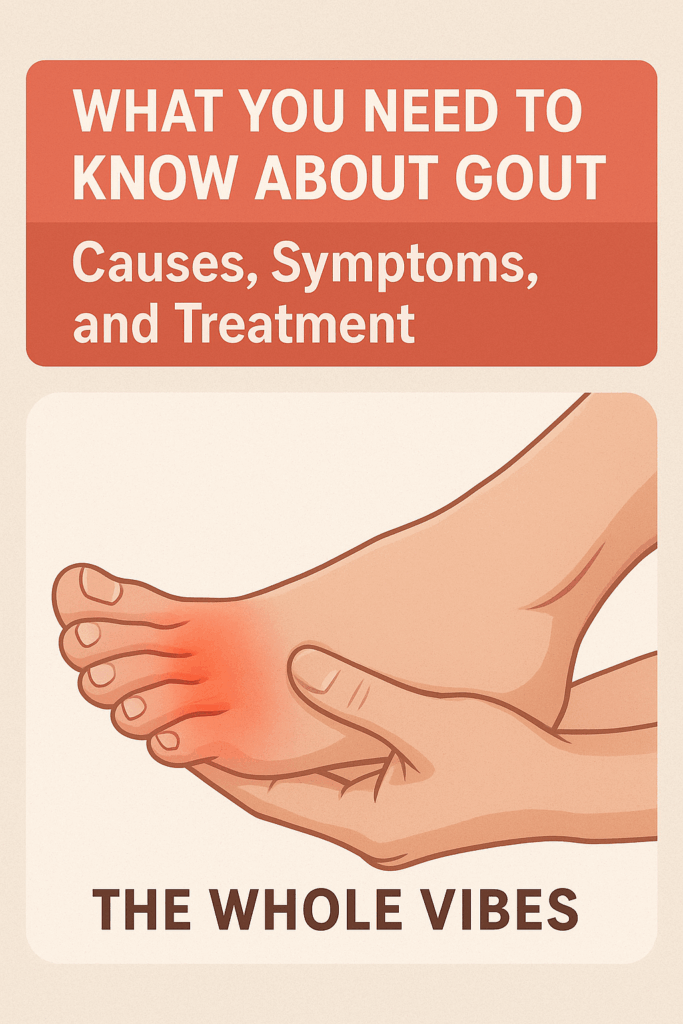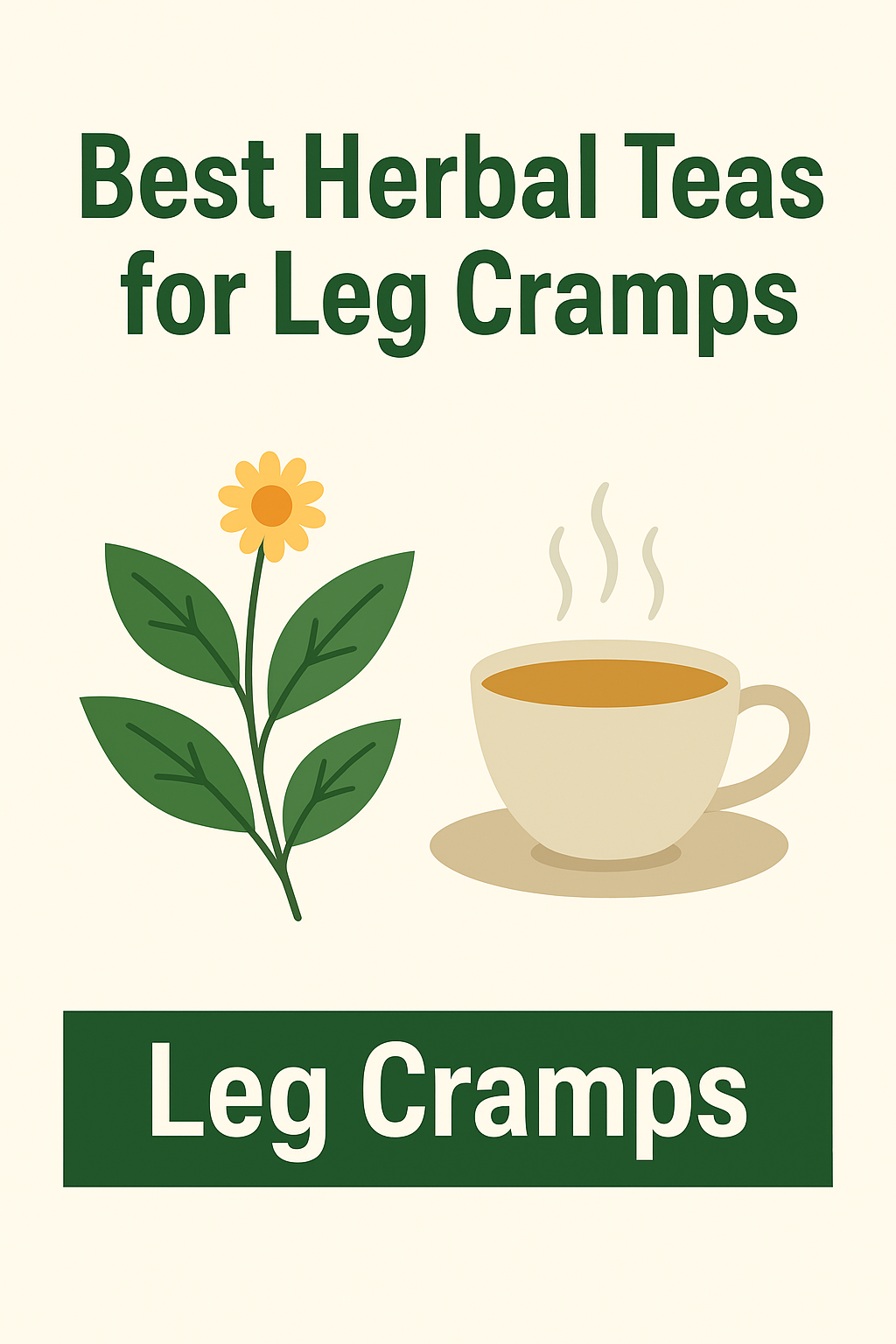Arthritis comes in many forms—over 100 types, according to medical experts. One of the most common and painful types is gout, a condition that affects the joints and can cause sudden, intense discomfort.
If you or someone you know has experienced gout, it’s important to understand what causes it, the signs to watch for, and the available treatment options.
What Causes Gout?
Gout develops when uric acid crystals build up in the joints. Uric acid forms when the body breaks down substances called purines, which are found in foods such as red meat, poultry, seafood, and certain drinks.
Normally, uric acid is filtered out of the body by the kidneys. But when there’s too much of it, the excess may crystallize in the joints, triggering pain and inflammation.
Common Signs and Symptoms
Most people associate gout with the big toe, and it’s true that this joint is often the first to be affected. However, gout can also appear in the:
- Ankles
- Knees
- Fingers
- Elbows
- Wrists
A gout attack usually comes on suddenly, often at night. Typical symptoms include:
- Severe joint pain
- Swelling
- Redness and tenderness
- Lingering discomfort after the initial pain subsides
Who Is at Risk of Gout?
Certain factors increase the likelihood of developing gout. You may be at higher risk if you:
- Are male (although postmenopausal women are also vulnerable)
- Are overweight
- Eat a diet rich in purine-heavy foods (like red meat or shellfish)
- Drink excessive amounts of alcohol
- Take certain medications (such as diuretics)
- Have a family history of gout
Other possible triggers include surgery, trauma, or long-term lead exposure.
Treatment Options for Gout
Doctors typically manage gout with medications, which can serve different purposes:
- Pain relief: Non-steroidal anti-inflammatory drugs (NSAIDs) or corticosteroids are often prescribed to ease symptoms.
- Lowering uric acid: Some medications reduce uric acid production or help the kidneys eliminate it more effectively.
- Preventing complications: In some cases, medications are used to avoid kidney stones or tophi (crystal deposits that form under the skin or around joints).
While some gout attacks may improve within 1–2 weeks on their own, professional treatment can help reduce the severity and prevent future flare-ups.
Final Thoughts
Gout is a painful form of arthritis that can disrupt daily life, but with proper awareness and management, it can be controlled. If you suspect you may have gout or are experiencing joint pain, it’s always best to consult with a healthcare professional for diagnosis and treatment.







